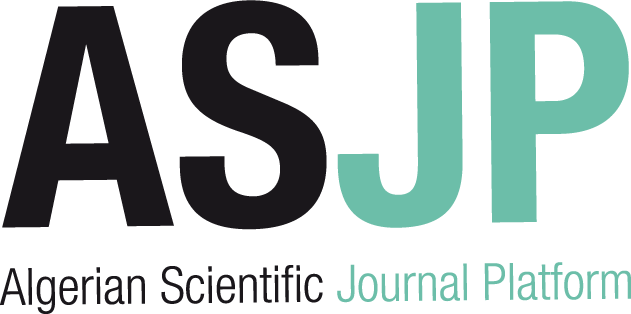| Titre : |
Constraint programming languages : their specification and generation |
| Type de document : |
texte imprimé |
| Auteurs : |
Leler , Wm, Auteur |
| Editeur : |
London : Addison-Wesley |
| Année de publication : |
1988 |
| Collection : |
Addison-Wesley series in computer science |
| Importance : |
VI-202 p. |
| Présentation : |
ill. |
| Format : |
24 cm. |
| ISBN/ISSN/EAN : |
978-0-201-06243-4 |
| Note générale : |
Bibliogr.: p. [193]-197 |
| Langues : |
Anglais (eng) |
| Mots-clés : |
Bertrand (Computer program language)
Constraint programming (Computer science)
Langages de programmation |
| Index. décimale : |
004.4 Logiciel. Programme |
| Résumé : |
Here is the first book to explore constraint languages, a new programming parading with applications in such areas as computer-aided design , the simulation of physical systems, VLSI, graphics; typesetting; and artificial intelligence. The book provides an introduction to the subject of constraint satisfaction, a survey of existing systems, and introduces a new technique that makes constraint-satisfaction systems significantly easier to create and extend. because constraint languages are declarative, constraint programs are easy to build and modify, and their nonprocedural nature makes them well suited to execution on parallel processors |
| Note de contenu : |
Contents:
*Chapter 1: Introduction
*Chapter 2: Constraint satisfaction
*Chapter 3: augmented term rewriting
*Chapter 4: Existing constraint languages
*Chapter 5: Equation solving
... |
Constraint programming languages : their specification and generation [texte imprimé] / Leler , Wm, Auteur . - London : Addison-Wesley, 1988 . - VI-202 p. : ill. ; 24 cm.. - ( Addison-Wesley series in computer science) . ISBN : 978-0-201-06243-4 Bibliogr.: p. [193]-197 Langues : Anglais ( eng)
| Mots-clés : |
Bertrand (Computer program language)
Constraint programming (Computer science)
Langages de programmation |
| Index. décimale : |
004.4 Logiciel. Programme |
| Résumé : |
Here is the first book to explore constraint languages, a new programming parading with applications in such areas as computer-aided design , the simulation of physical systems, VLSI, graphics; typesetting; and artificial intelligence. The book provides an introduction to the subject of constraint satisfaction, a survey of existing systems, and introduces a new technique that makes constraint-satisfaction systems significantly easier to create and extend. because constraint languages are declarative, constraint programs are easy to build and modify, and their nonprocedural nature makes them well suited to execution on parallel processors |
| Note de contenu : |
Contents:
*Chapter 1: Introduction
*Chapter 2: Constraint satisfaction
*Chapter 3: augmented term rewriting
*Chapter 4: Existing constraint languages
*Chapter 5: Equation solving
... |
|  |










